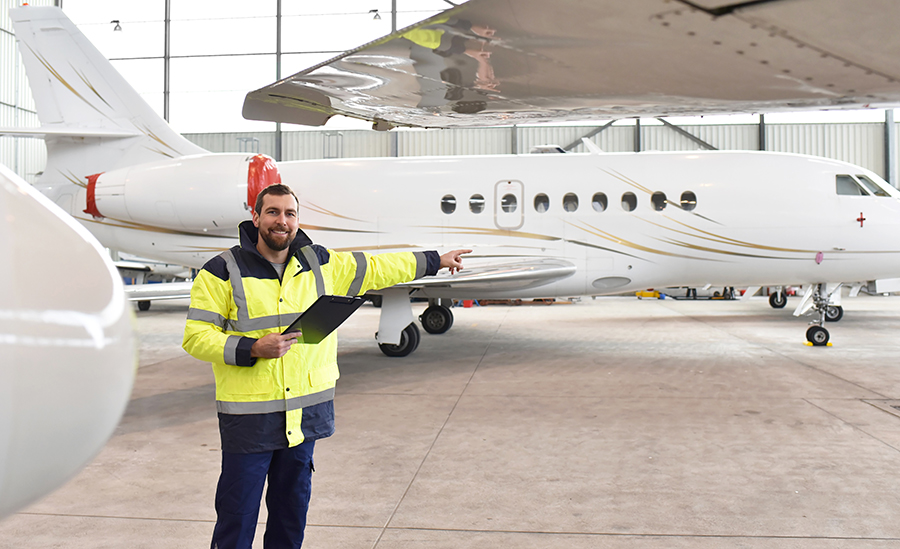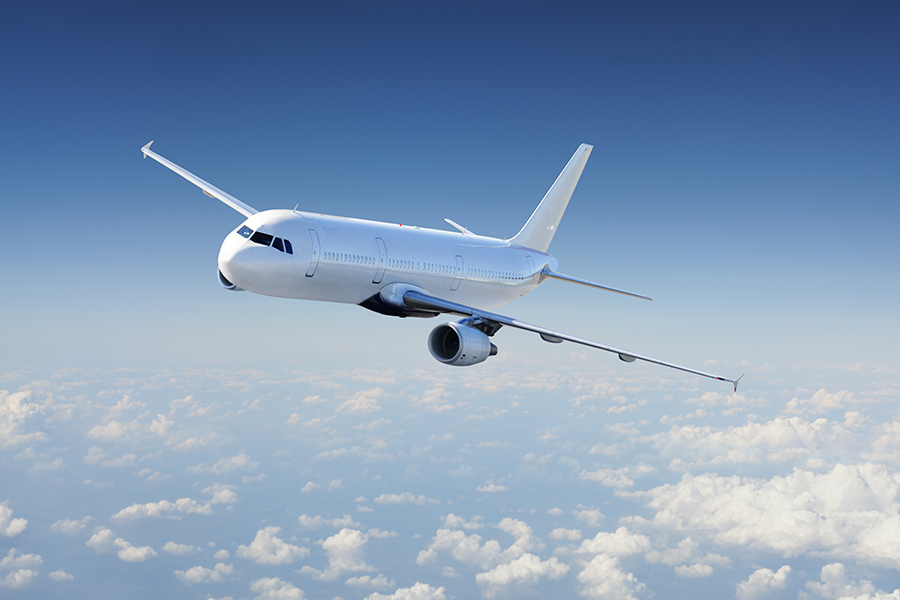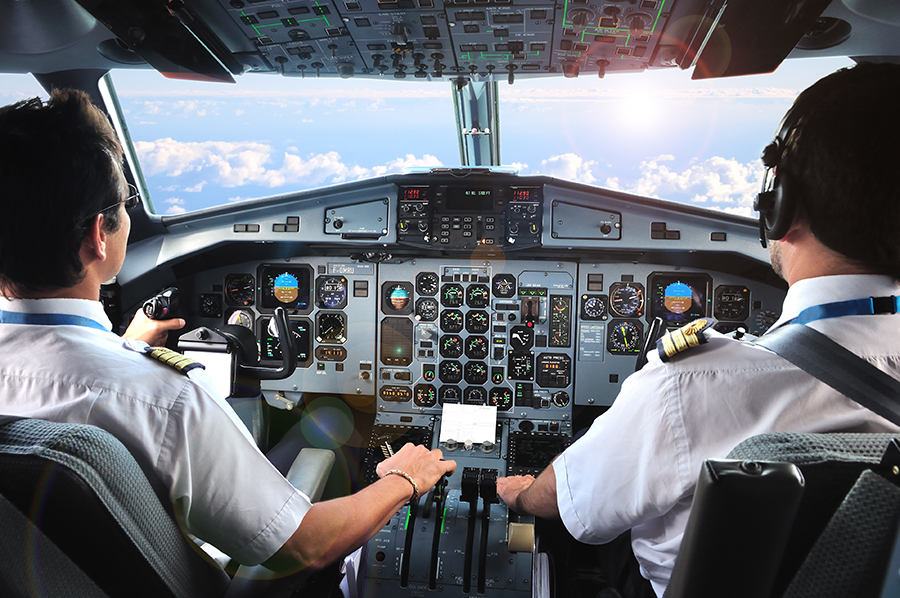Airworthiness seems a nebulous term. Used every day in aviation, you may struggle when asked to define it. However, each country has a national aviation authority that applies clear standards to ensure a safe flight. These standards prescribe precisely when an aircraft is deemed airworthy or not and are known as airworthiness requirements.
The United States federal government publishes a Code of Federal Regulations (CFR) describing 50 titles for areas subject to regulation. Title 14 covers aeronautics and space, and it is Title 14 we call the Federal Aviation Regulations, or FARs.
What does airworthy mean, and who’s responsible?
The FAA defines airworthy in multiple places throughout Title 14. The first mention is 14 CFR 3.5(a), which states that airworthy “means the aircraft conforms to its type design and is a safe condition for operation”. Remember these two requirements, as it’s upon these that every tactical and operational airworthiness requirement hangs.
As to who is responsible, 14 CFR 91.7 (a) & (b) are very clear on that point. Sub-paragraph (a) states that “No person shall operate a civil aircraft unless it is in an airworthy condition”. while paragraph (b) says, “The pilot in command of a civil aircraft is responsible for determining whether that aircraft is in condition for safe flight. The pilot in command shall discontinue the flight when unairworthy mechanical, electrical, or structural conditions occur”.
It won’t escape your notice that these two paragraphs effectively encircle everyone involved with the aircraft at a high level. Operate is defined in 14 CFR 1.1 as the following, “Operate with respect to aircraft, means use, cause to use or authorize to use aircraft, for the purpose of air navigation including the piloting of aircraft, with or without the right of legal control (as owner, lessee, or otherwise).
That means if you’re the owner of an aircraft, you can be deemed an operator. If a flying school leases the aircraft from an owner, the flying school is also deemed an operator. Then as the pilot, who hires the aircraft from the flying school for a quick jaunt, you too are considered an operator.
There’s no shortage of people to prosecute when things go wrong. The owner, flying school, and pilot, are all responsible for ensuring the aircraft conforms to its type certificate and is in a condition for safe flight.
Now let’s look at the two requirements for airworthiness; type design, and maintaining a safe condition for operation.
Type Certification
Before an aircraft or aircraft product may be operated or used, the FAA must have issued a type certificate data sheet (TCDS). The TCDS is issued to and held by the designer or manufacturer of the product. A type certificate acknowledges that the product meets applicable standards and regulations while forming the foundation for all subsequent production and airworthiness approvals. Should subsequent changes be made to the aircraft design, the FAA must approve a supplemental type certificate (STC).
While very wordy, the type certificate data sheet is always the baseline you must come back to when understanding airworthiness requirements. No matter how old the aircraft is, it is unairworthy if it does not comply with its type certificate data sheet unless an STC has approved the changes. For an example of a type certificate data sheet, you can check out the TCDS for the Cessna 150/152 here.
Maintaining a safe condition for operation
While type certification may seem straightforward, we go down the rabbit hole when we begin talking about maintaining an aircraft to ensure that it is in a safe condition for flight. At its most basic, no one can perform and authorize maintenance, rebuilds, or alterations on an aircraft or any sub-component unless they are a mechanic, repairman, or manufacturer and appropriately approved for the purpose. Under certain circumstances, a person holding a pilot’s license may certify preventative maintenance.
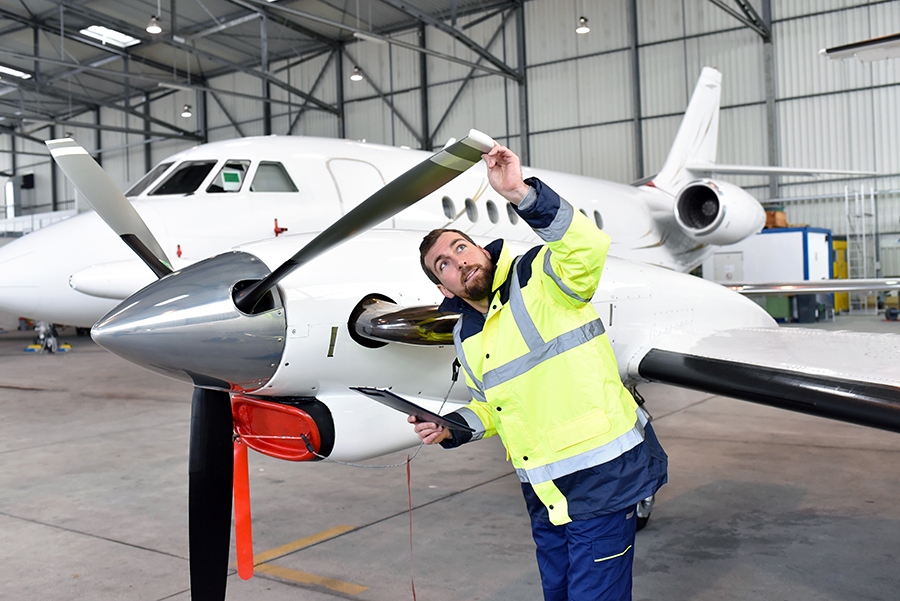
It’s important to understand that the authorized person must do all work following tightly specified and approved documentation even when holding an authorization. When they approve the work and append their license or approval number, they must quote document references to enable an auditor to check that the work is compliant with legislation. The aircraft is considered unairworthy if an authorized person can’t quote an approved source that supports their completed work. There is no room for making it up or doing what you think is right.
While there are many sources of approved documentation, at the highest level, approved documents comprise the:
- Type Certificate Data Sheet (TCDS)
- Aircraft Flight Manual (AFM)
- Approved Aircraft Inspection Program (AAIP)
- FAA Airworthiness Directives (ADs)
- FAA Advisory Circular 43-18
- Minimum equipment list
- or any other repair or overhaul data specifically approved by the FAA
Think of these documents as the gatekeepers that ensure aircraft maintenance, repairs, and modifications restore the aircraft to compliance with its TCDS. If a manufacturer’s service bulletin or maintenance document is referenced in one of these documents as suitable or applicable to maintain continued safe operation, that too becomes mandatory and approved.
How do you know an aircraft meets airworthiness requirements?
Just because an aircraft flies does not mean it’s airworthy. As pilots, there’s a lot we must take on trust. We can’t be sure that each link in the chain that keeps an aircraft safe has diligently exercised its obligations to airworthiness.
Healthy skepticism is a useful attribute when hiring or flying an aircraft for the first time. Your impressions of the aircraft and its state of repair are the first indicators of airworthiness, and a diligent and thorough pre-flight is the second. You must be comfortable that the aircraft meets airworthiness requirements, and if you have doubts but fly it anyway, you are now assuming a large degree of responsibility for subsequent events.
There are times when the aircraft has missing or inoperative systems or instruments but still may be legally flown. Let’s talk about MELs.
What are a PMMEL, an MMEL, and a MEL, and how do they affect airworthiness?
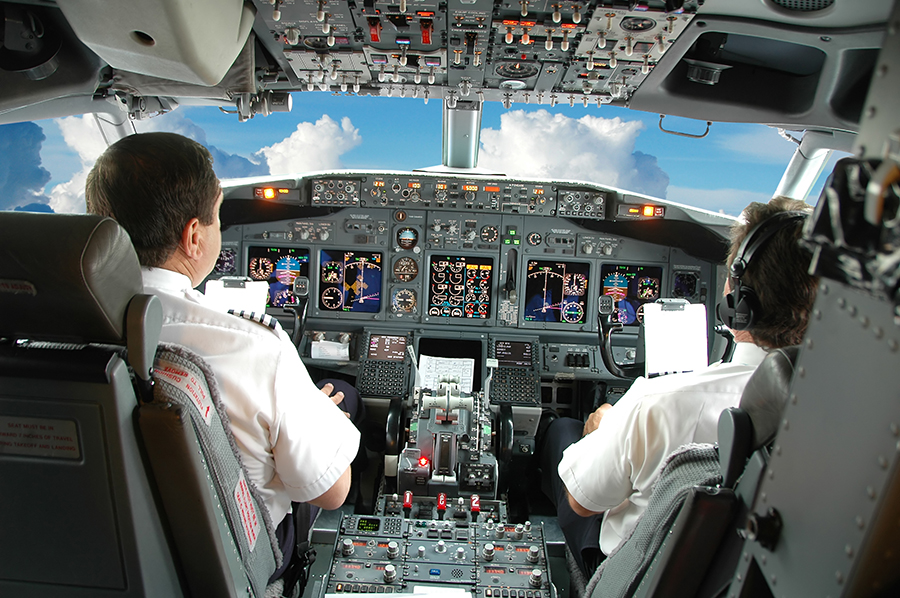
The acronyms are Proposed Master Minimum Equipment List (PMMEL), Master Minimum Equipment List (MMEL), and Minimum Equipment List (MEL). The PMMEL is the aircraft manufacturer’s proposal to the FAA on the equipment the manufacturer feels should form the basic equipment to maintain a specific aircraft’s airworthiness.
The MMEL is the FAA-approved version developed from the PMMEL. Finally, the MEL is a document generated by the operator from the Master MEL which is specifically designed for the operator’s procedures and approved by the FAA. The MMEL and MEL prescribe the aircraft equipment that may legitimately be inoperative while maintaining airworthiness. Here’s an article we wrote for an in-depth look at how the MEL system works.
If you look at page 13 of the TCDS for the Cessna 150/152, you’ll see that the aircraft must have the following equipment to comply with the TCDS.
“The basic required equipment as prescribed in the applicable airworthiness regulations…this equipment must include a current Airplane Flight Manual…in addition, the following item of equipment is required: Stall warning indicator, audible, Cessna Dwg. 0413029.”
Turn to page 97 of this Cessna 152 Pilot’s Operating Handbook (POH). You’ll see that under Placards, Warnings, and Manuals, the audible stall warning, and the FAA-approved flight manual both have an R appended to the item number telling us the items must be installed and operational.
If any item number appended with an R is inoperative or missing, the aircraft is unairworthy and must not be flown. The only exception to this rule is if the FAA issues the aircraft with a special flight permit, expressly noting the non-compliance but approving a flight or several flights and the conditions to be met by the pilot. Usually, these special flight permits are issued to position the aircraft for maintenance.
Summary
Far from being nebulous or ill-defined, airworthiness is strictly defined, rigidly controlled, and legally enforced. The airworthiness requirements form an assurance system stipulating the rules and requirements in design, into manufacture, and throughout an aircraft’s life. To ensure safety for ourselves and the flying public, all in aviation must play their part as professionals to ensure an aircraft always complies with type design and be in a safe condition to operate.
As pilots, it’s important we know how the airworthiness system works and our part in it. Next time you do your pre-flight, maybe it’s worth opening up the flight manual and getting to know just what you can and can’t fly without, and when.
